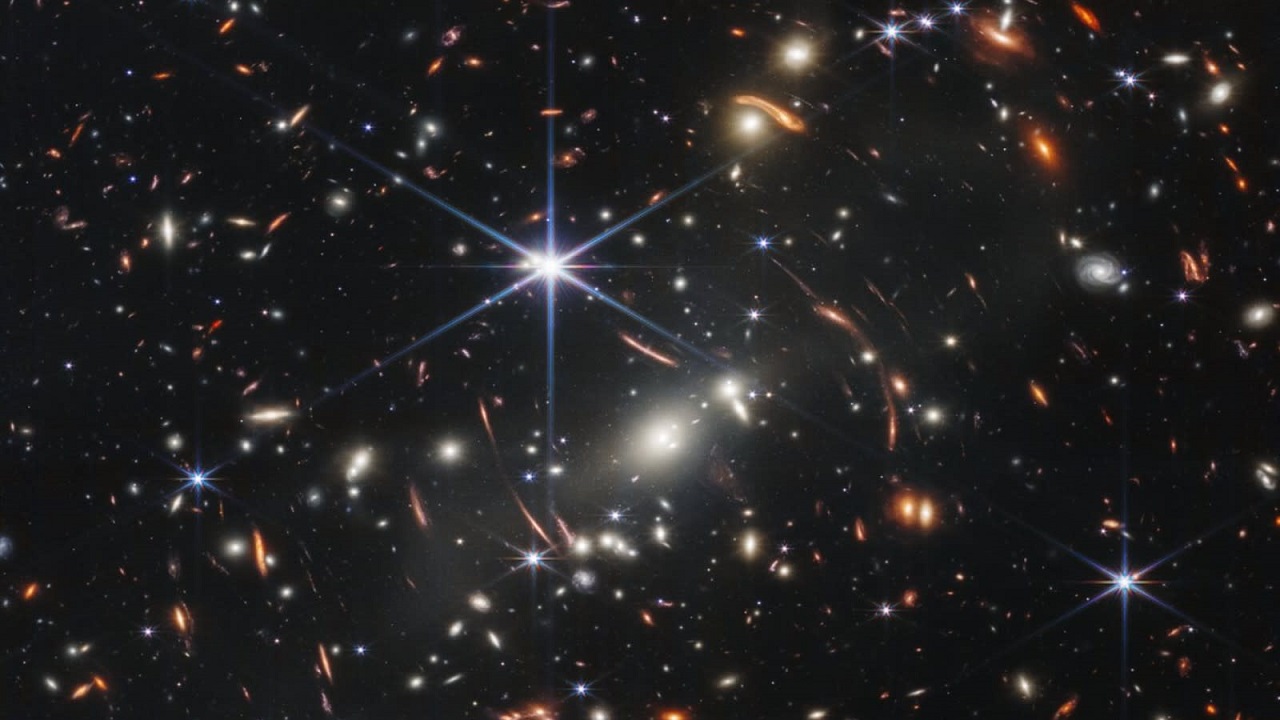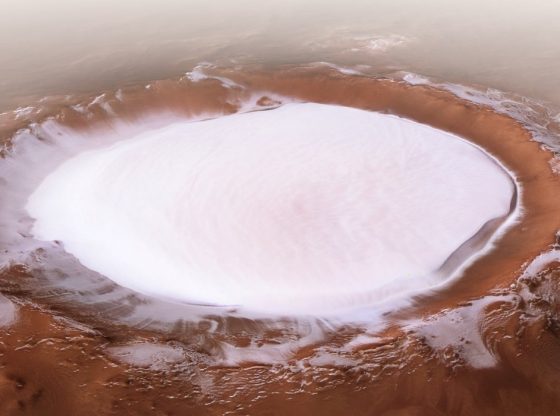The first image from the James Webb Space Telescope has delivered the deepest, sharpest infrared image of the distant Universe so far.

The “deep field” image that was released at a press screening at the White House in Washington on Tuesday is filled with lots of stars, massive galaxies in the foreground, and faint, extremely distant galaxies. Part of the image shows light from not too long after the Big Bang, which occurred 13.8 billion years ago.
“We will give humanity a new perspective on the cosmos,”
“And it’s a perspective we’ve never seen before.”
– Nasa administrator Bill Nelson told reporters last month in a briefing.
The image represents a spot in the sky that is about the size of a grain of sand held at arm’s length, Nelson explains. This small spot contains thousands of galaxies that were formed in the childhood of the universe, just after the big bang.
“A hundred years ago, we thought there was only one galaxy. Today we know that there are billions of galaxies with billions of stars”
“We will be able to answer questions that have not yet been formulated”
– Nasa administrator Bill Nelson
The James Webb telescope was launched on Christmas Day last year and about a month later it reached its destination at Lagrange point 2 (L2), one of five such points in the sun-Earth system. Centripetal force—which makes objects move in a circle around an object with gravity—also accelerates the telescope into orbit with that system, causing it to revolve around, and get pulled toward, L2. Space explorers love Lagrange points because when viewed from Earth, the points appear to stay in fixed locations, making them convenient for communicating with spacecraft.
The Webb telescope takes in light at the infrared and near-infrared wavelengths, so they need to be translated into visual light by the Webb team. That’s a necessary step, as our eyes do not see at infrared and near-infrared wavelengths.
Webb is considered the successor to the highly successful, but aging Hubble Space Telescope. The telescope is powerful with observations in a much larger part of the infrared light spectrum compared to its predecessor Hubble. The resolution is much higher, which makes it easier to see the starlight that has been “stretched out” to infrared wavelengths when the universe has expanded.
NASA revealed the difference in images taken by the James Webb Space Telescope, the first of which was revealed Tuesday, and its predecessor, the Hubble Space Telescope. In a tweet, the space agency posted images of Stephan’s Quintet, a cluster of five galaxies — four of which interact.
Galaxies collide in Stephan’s Quintet, pulling and stretching each other in a gravitational dance. In the mid-infrared view here, see how Webb pierces through dust, giving new insight into how interactions like these may have driven galaxy evolution in the early universe. pic.twitter.com/3P15LMCCOH
— NASA Webb Telescope (@NASAWebb) July 12, 2022
Webb’s observations will cast the objects of the cosmos in much sharper relief, allowing scientists to better understand the origins of heavy metals in the cosmos, the evolution of galaxies, the birth of stars, the diversity of planets outside our Solar System, and perhaps even provide some leads for astrobiologists seeking the origins of life on Earth and beyond.






















